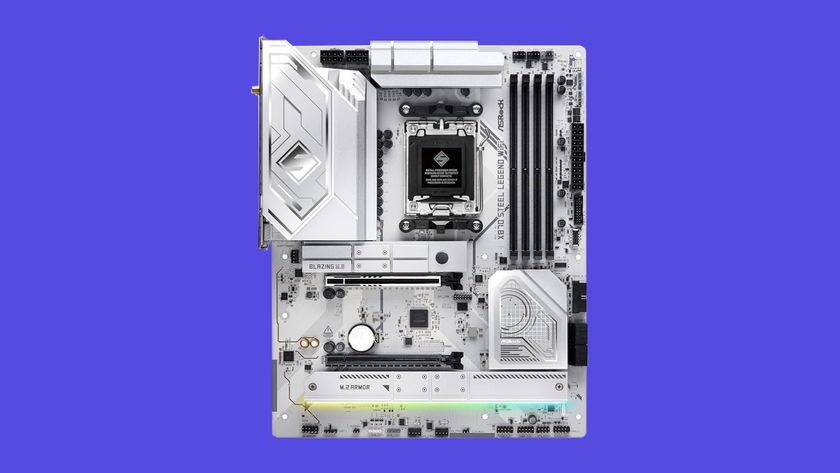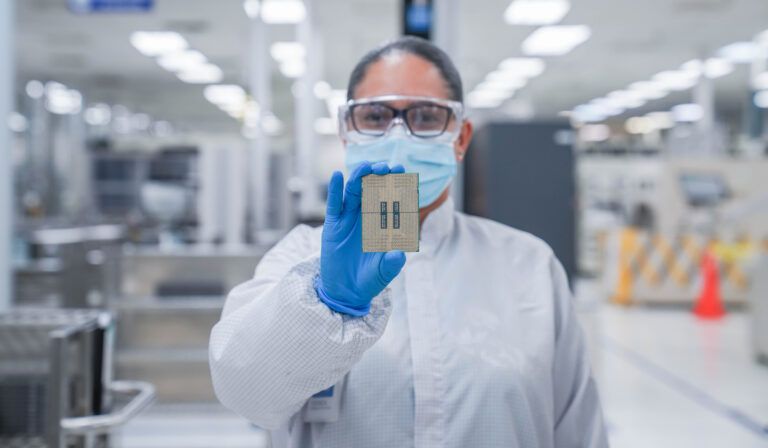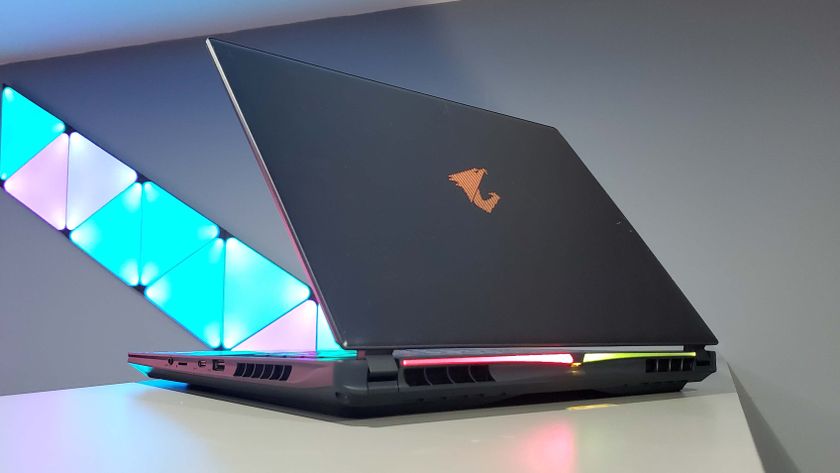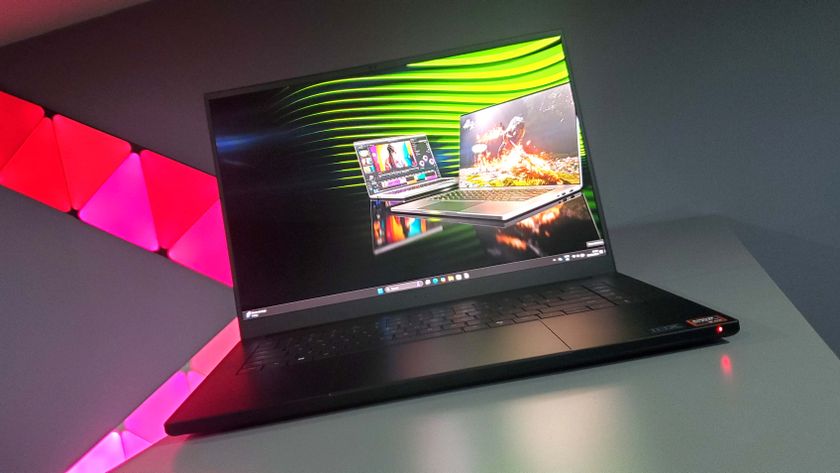AMD take on Haswell with newly unveiled Kaveri architecture
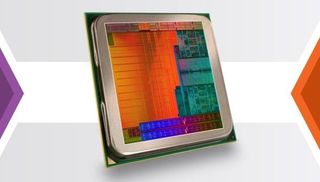
At this year's Consumer Electronics Show (CES) AMD's Lisa Su, Senior VP and General Manager, officially introduced their latest, groundbreaking APU, code-named Kaveri. You can pre-order it straight away or wait until it's officially available to buy on the 14th January.
Sadly my review samples won't be around until after I'm back from the Las Vegas show, which is why I wouldn't recommend a pre-order, but AMD are convinced this piece of tech represents a new dawn for them, and they might just be right.
There's a trifecta of goodness that makes Kaveri such a tantalising prospect, especially compared to the pretty uninspiring APUs we've seen from AMD over the past few years. There are the brand new Steamroller CPU cores - four of them - offering higher performance at lower clockspeeds and lower power requirements. Then there's the introduction of their Graphics Core Next GPU architecture, ripped right from their latest discrete graphics cards and integrated into the chip itself. And finally, but possibly more importantly, there's the Heterogeneous Systems Architecture (HSA).
The latter is most interesting to me. When AMD talk about the Kaveri A10-7850K having 12 Compute Cores, it's not just marketing fluff. In traditional computing only the CPU has unfettered access to system memory, but HSA allows CPU and GPU cores to handle software and memory autonomously. That means the four Steamroller cores can be added to the eight compute units (each housing sixty-four GCN cores) to form the twelve compute cores.
The big caveat though is that for that to happen seamlessly applications need to be coded to take advantage of HSA. It also streamlines code, which ought to help, so you need less code to accomplish something on a HSA-capable chip than you would with a traditional setup.
Then there's Mantle, which has the potential to bring proper, serious multi-threaded gaming to life in the PC market. It's the close-to-the-metal API that replaces DirectX and removes much of the overhead that seems to be wasting a hell of a lot of CPU horsepower. With that and HSA Kaveri could become a very intriguing gaming chip.
Look out for my review next week once the jet-lag's worn off.
The biggest gaming news, reviews and hardware deals
Keep up to date with the most important stories and the best deals, as picked by the PC Gamer team.

Dave has been gaming since the days of Zaxxon and Lady Bug on the Colecovision, and code books for the Commodore Vic 20 (Death Race 2000!). He built his first gaming PC at the tender age of 16, and finally finished bug-fixing the Cyrix-based system around a year later. When he dropped it out of the window. He first started writing for Official PlayStation Magazine and Xbox World many decades ago, then moved onto PC Format full-time, then PC Gamer, TechRadar, and T3 among others. Now he's back, writing about the nightmarish graphics card market, CPUs with more cores than sense, gaming laptops hotter than the sun, and SSDs more capacious than a Cybertruck.
